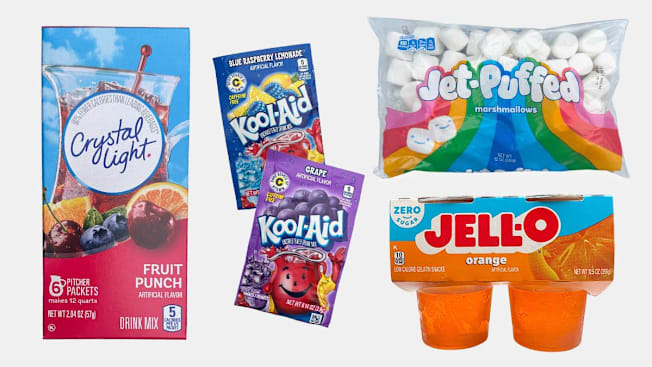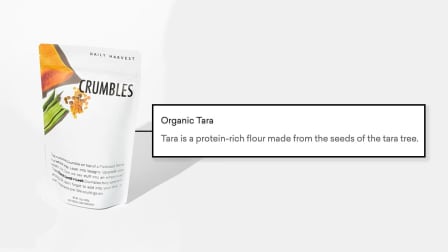Kraft Heinz Commits to Eliminating Artificial Food Dyes by the End of 2027
Company said it will not launch any new products in the U.S. with artificial colors, starting today

Kraft Heinz will remove artificial colors from products in its portfolio by the end of 2027, the company announced Tuesday.
Kraft Heinz, the food and beverage giant known for products such as Kool-Aid, Jell-O, Velveeta, and Kraft Mac & Cheese, also said it will not launch any new products containing artificial food dyes, which in recent years have fallen under increased scrutiny from consumers, health and safety advocates, and state and federal regulators.
“The announcement is welcome and long overdue,” says Brian Ronholm, director of food policy at Consumer Reports. Eliminating the use of dyes won’t affect the taste of products, Ronholm says. But “a lot of research links the consumption of these dyes to neurobehavioral problems in some children, and removing them will reduce the risk of causing these health harms,” he says.
Growing Pressure to Remove Dyes
In 2016, Kraft Heinz removed artificial colors from its well-known Mac & Cheese product, swapping them out for natural ingredients—paprika, annatto, and turmeric.
The company has not responded to a request from CR to explain what prompted the company to make this new change. But there has been increasing pressure on companies to cut back on the use of these additives, according to CR’s Ronholm. These dyes are already banned in Europe, and many versions of products containing them have already been reformulated to meet European regulations, showing it’s possible to get them out of food.
In 2023, California banned the use of Red Dye No. 3, along with certain other additives. Earlier this year, West Virginia banned most artificial dyes, and more than two dozen other states have been considering bans on these chemicals. In January, the FDA announced a ban on Red No. 3. CR called on the agency to ban the other FD&C petroleum-based color additives.
Then in April, the Department of Health and Human Services and the FDA announced plans to work with industry to voluntarily phase out the use of remaining authorized synthetic dyes.
But while it’s good to see one major food company taking this step voluntarily, more needs to be done to ensure that other producers follow suit, Ronholm says. “For every company that may be moving in this direction of phasing out these dyes, there are others who are refusing to acknowledge this problem,” he says. “Given the uncertainty of any substantive actions taking place at the federal level, states need to continue to act.”




















